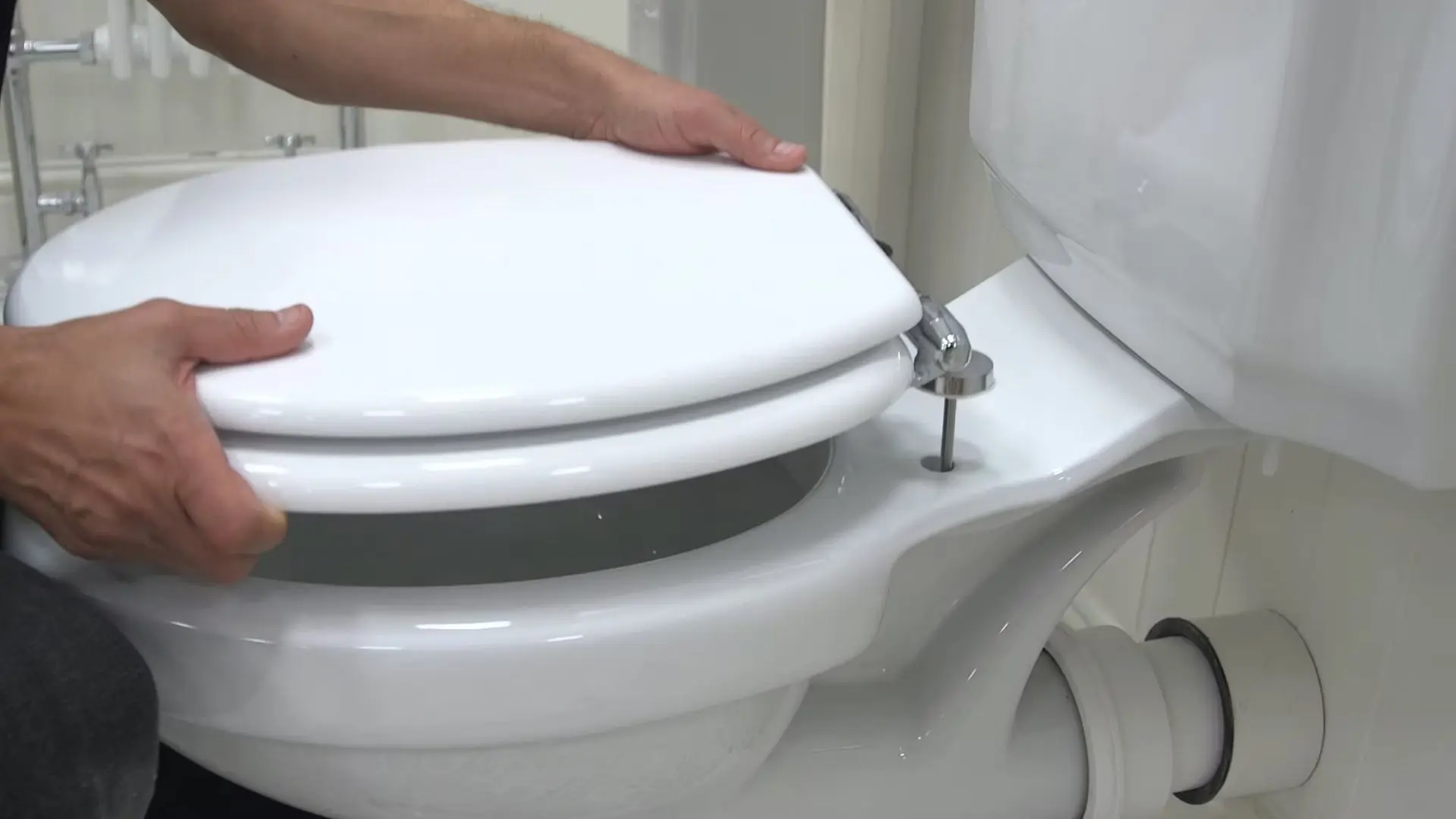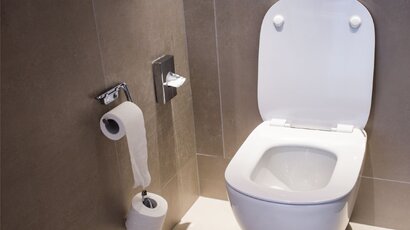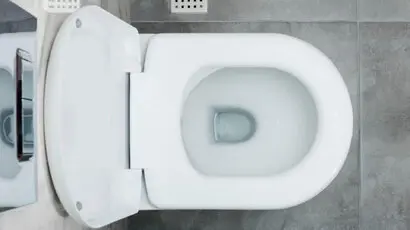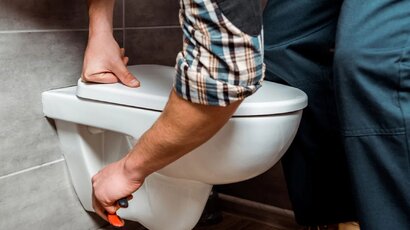How To Install A Toilet Seat
Need to know how to install a toilet seat? This comprehensive guide will provide you with easy to follow steps to install a DIY for your new toilet seat at home.
You might be surprised, but installing a toilet seat is actually quite simple and something you can easily do on your own.
There are several reasons why you would want to install a toilet seat. Sometimes, you may need to replace a broken toilet. Or perhaps you want to give your bathroom a new look. Nevertheless, installing a new toilet only requires some time and essential tools.
Of course, if you’d rather not do it yourself, you can always hire a plumber to install the new toilet for you, though it might cost a bit more. Knowing how to do it yourself can really come in handy.
So, without further ado, let’s dive right in.
There are several stages involved in installing a new toilet seat. Besides gathering all the tools and equipment, you must take some measurements and calculate relevant expenses. Also, you have to select the new seat to be installed.
Specific preparatory arrangements must be made before the installation can start. Fortunately, most essential tools required for the job are usually available at home and in hardware stores.

Most toilet seats come in specific dimensions to suit particular toilet models. Before selecting the toilet to install, always take proper measurements. Measuring the current toilet-size seat will ensure the new seat fits snugly in the area.
Fortunately, most toilets come in a standard size, making replacements more convenient. However, some toilets are larger or smaller for special requirements.
With the help of a tape measure, check the distance between the holes in the toilet bowl. The standard measurement should be 5 ½ inches. Then, ensure that the distance between the holes on the new seat is the same. This will help avoid unnecessary hassles later on after purchasing the seat.
Then, please measure the width of the bowl at its widest point. Finally, measure the length of the bowl. This will be the distance between the seat bolts and the outer edge of the front of the bowl. It is worth noting that elongated bowls come up to about 18 inches, whereas round bowls are closer to 16 ½ inches.
Two basic styles of toilet seats are available on the market, and several brands are available. First, choose between the standard round bowl type and the elongated variety. The standard toilet is made of durable plastic, but other options include enamel, wood, bamboo, fibreboard, etc.
Additionally, look for whisper-close seats with special bottom pads that prevent the top from slamming down on the toilet bowl. These types of seats are becoming increasingly popular nowadays.
Specialty toilets have novel features, like heated or raised seats. These toilets may have tricky installation requirements that you need to check beforehand.
Toilet seats are also available in several different colours. For a traditional look, it is best to choose one that matches the bowl. Alternatively, you can use contrasting colours for a bolder appearance.
Once you have decided, it’s time to remove the seat. But before you get down to business, you should keep some tools ready. These include an adjustable wrench or pliers, a flathead screwdriver, spray oil, and a small hacksaw.
First things first, clean the toilet bowl and rims properly. Next, locate the seat bolts that secure the seat to the bowl. You should now see the end of one of the plastic bolts sticking at the back of the bowl. If there are bolt caps, remove them using a screwdriver.
Similarly, the nuts on the toilet seat attached to the old bolts are also placed at the back, with one on each side of the toilet bowl. Using an adjustable wrench, loosen the nuts by turning them counterclockwise. After that, remove the nuts from the washers and the bolts.
If the bolts at the base of the hinges support your screwdriver, use it to loosen them by turning them counterclockwise. The bolts may be stuck on older toilets, so you may need to use a spray oil, such as WD-40 lubricant.
Suppose they do not budge even after spraying the oil; use a hacksaw to cut away the bolts carefully. After removing the bolts, lift the old seat and its hinges from the toilet.
Start by securing the toilet base to the floor, then attach the tank to the base, and connect the water supply so it’s ready to fill. Once you’ve taken off all the packaging from your new seat, set it on the rim and line up the hinges with the bolt holes. Then, put the bolts through the holes and hinges, making sure the bolt heads are on top so they don’t slip through.
On the underside of the seat, insert the nuts into the bolts and tighten them as securely as possible using the adjustable wrench. If the seat comes with washers, install them onto the bolts before plugging in the nuts.
Similarly, if the hinges have plastic caps, snap them into place by pushing them down on the heads of the bolts. Ensure the seat is secured by jiggling it and opening and closing the lid a few times.
Keep in mind, for some models, you might not need to drive the bolts through the hinges at all. Instead, you can simply drop them directly into the holes on either side of the toilet bowl.
After this, fasten them using the nuts; the toilet seat hinges will slide over or snap onto the bolt heads.

Whether you want to give the bathroom a makeover or the old toilet seat has become unusable, you should know how to replace a toilet seat. After all, it can help you save money and time. However, using a professional plumber ensures the job is done correctly.
Fortunately, installing a new one with a few essential tools takes less than an hour. Toilet seats are available in various materials and colours, making the process even more exciting and rewarding.
Contact our local professional plumbers today if you live in Melbourne and need assistance installing a toilet seat!
That said, we will now conclude our comprehensive guide on the topic. Take care and stay safe.
Till next time!
From wall-hung and close-coupled to back-to-wall options, each toilet type offers unique advantages in style, space efficiency, and plumbing compatibility. This guide walks you through key considerations to help you choose the perfect toilet for your home’s layout and lifestyle.
Urgently need to unclog a toilet? Then these easy DIY fixes using everyday items around your own home will come in handy. Read on to learn how to unclog a toilet fast.
A newly installed toilet should work seamlessly, but unexpected issues can arise if not properly maintained. Discover key steps to ensure your toilet functions as intended, from checking connections to testing flushing mechanisms.


